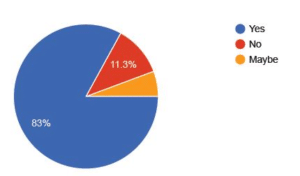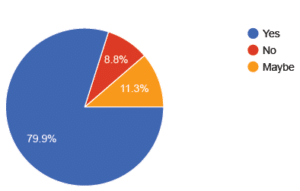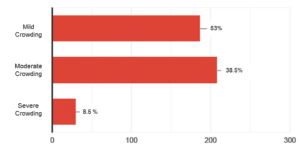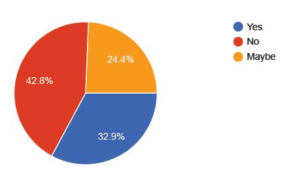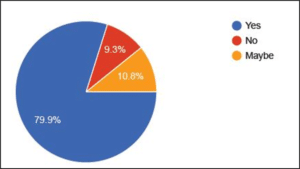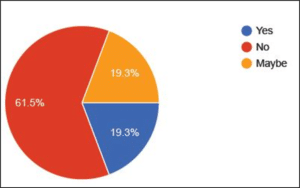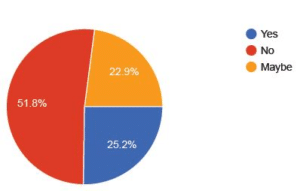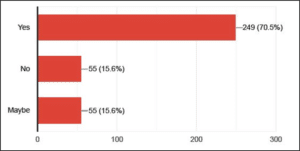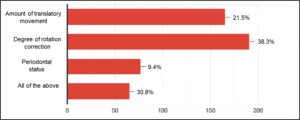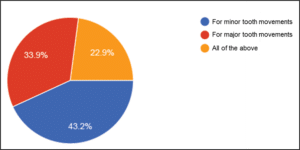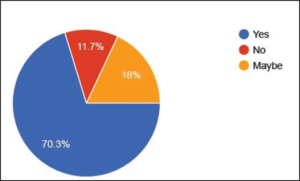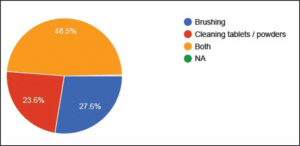Evaluation of Knowledge, Awareness and Attitude Regarding Clear Aligner Therapy Amongst BDS Interns: A Cross-sectional Questionnaire-based Survey
Bhosale MB1, Kolge NE2*, Jain AA3, Ravindranath VK4
1Intern, MGM Dental College and Hospital, Navi Mumbai, India
2Assistant Professor, Department of Orthodontics and Dentofacial Orthopaedics, MGM Dental College and Hospital, Navi Mumbai, India
3Post-graduate Student, Department of Orthodontics and Dentofacial Orthopaedics, MGM Dental College and Hospital, Navi Mumbai, India
4Professor, Department of Orthodontics and Dentofacial Orthopedics, MGM Dental College and Hospital, Navi Mumbai, India
*Correspondence author: Neeraj Eknath Kolge, Assistant Professor, Department of Orthodontics and Dentofacial Orthopedics, MGM Dental College and Hospital, Navi Mumbai, India; Email: [email protected]
Published Date: 29-07-2023
Copyright© 2023 by Kolge NE, et al. All rights reserved. This is an open access article distributed under the terms of the Creative Commons Attribution License, which permits unrestricted use, distribution, and reproduction in any medium, provided the original author and source are credited.
| Received 30 Jun, 2023 | Accepted 22 Jul, 2023 | Published 29 Jul, 2023 |
Abstract
Introduction: Clear aligners are emerging as a potential treatment option in the field of Orthodontics. General dentists are usually the first ones to determine the Orthodontic needs of the patient. With an increasing demand for aligners in daily practice; it is vital for dental students/ future practitioners to know about the basics of clear aligner therapy.
Aim and Objectives: The aim of this study was to evaluate the knowledge, awareness and attitude regarding CAT among BDS Interns.
Materials and Methods: A self-designed online questionnaire of 20 questions was designed and distributed among 378 BDS Interns via WhatsApp messenger and email.
Results: The majority of participants were aware of the advantages of Clear Aligner Therapy over fixed appliances. However, most lacked knowledge regarding patient instructions, like wearing time, cleaning methods, etc. There was less awareness about the types of tooth movements possible with CAT, factors influencing tooth movement, associated auxiliaries, etc.
Conclusion: It is important for general dentists to be aware of the various treatment modalities and the associated indications, pros, cons and patient instructions. Thus, there is need for addition of more details regarding advances like Aligners in the curriculum to improve the knowledge, awareness and attitude of emerging dentists.
Keywords: Awareness, Attitude, Clear Aligners, Interns, Knowledge

